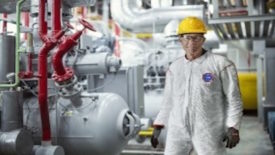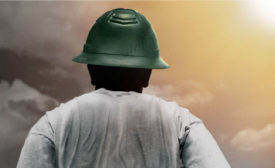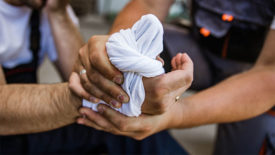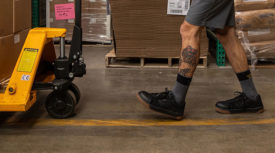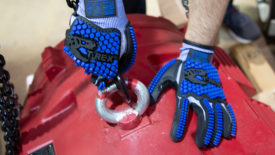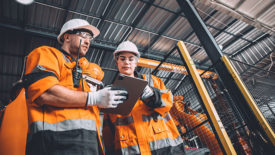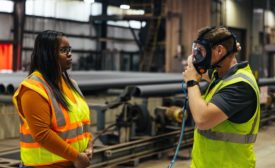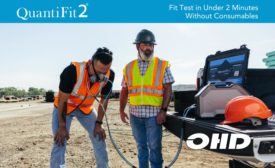PPE
Essential information and products to protect workers from a variety of workplace hazards, including eye/face protection, fall protection, respiratory protection, hearing, head, hand and foot protection, FR, hi-visibility and other protective clothing.
Topics
Stay up-to-date on FR protection, the critical issue of electrical safety and protecting employees from arc flashes and arc blasts through the use of flame-resistant fabrics in personal protective equipment.
ARTICLES
Safety professionals invited to share experiences with head protection
J. J. Keller & Associates, Inc. and ISEA launch a collaborative research study
April 24, 2024
Are your PPE priorities changing?
The latest advancements are enhancing safety programs and making workers happier
March 21, 2024
Construction safety goes high-tech
These innovations are enhancing safety in the construction industry
March 20, 2024
Featured Product from OHD
OHD’s QuantiFit2: Fit Test in Under 2 Minutes without Consumables
March 1, 2024
DOCUMENTS AND FILES
Get our new eMagazine delivered to your inbox every month.
Stay in the know on the latest safety trends.
SUBSCRIBE TODAYCopyright ©2024. All Rights Reserved BNP Media.
Design, CMS, Hosting & Web Development :: ePublishing

